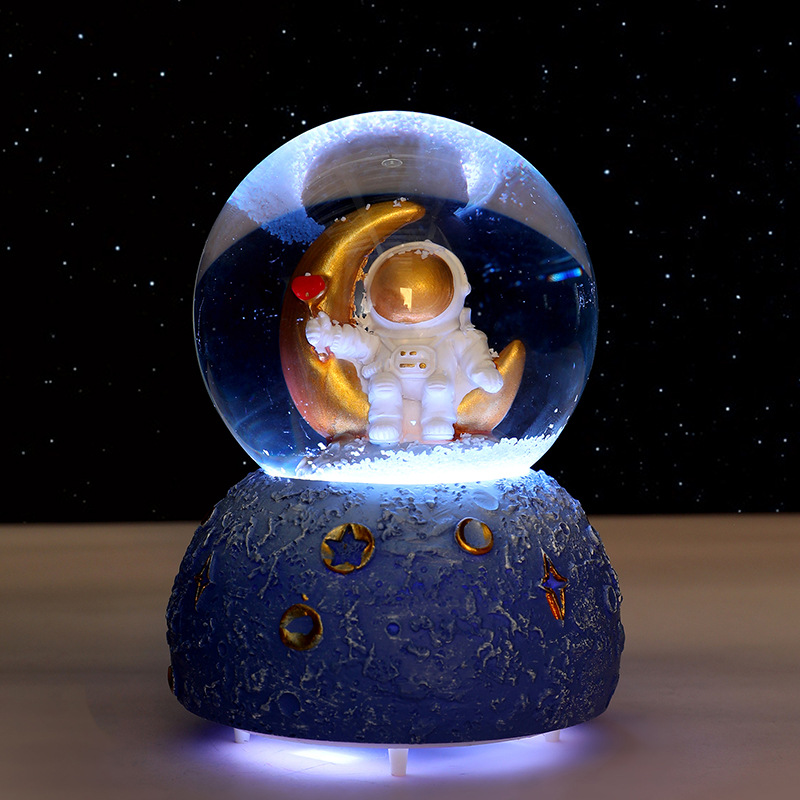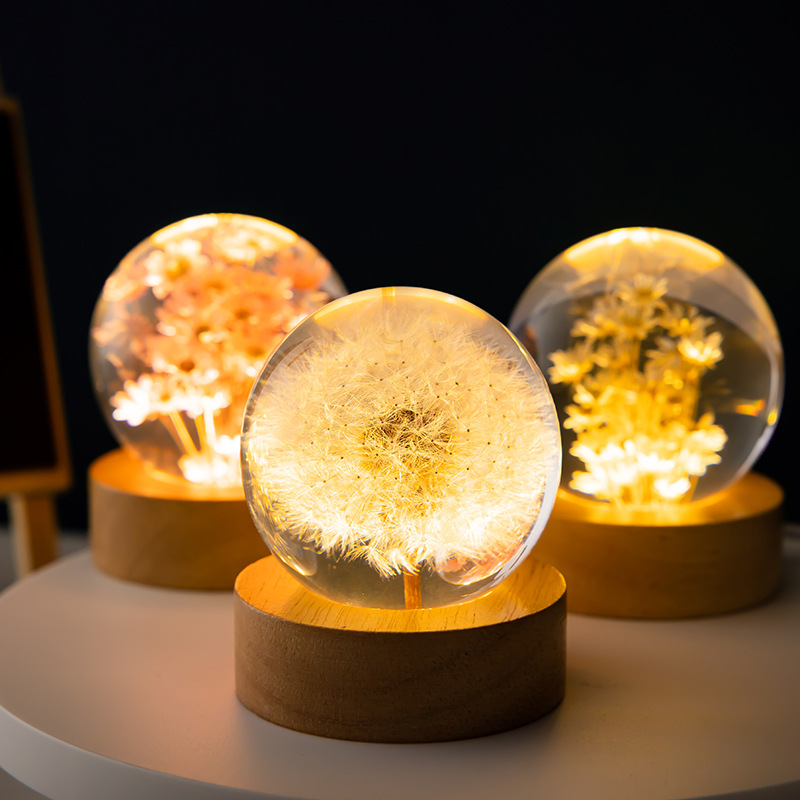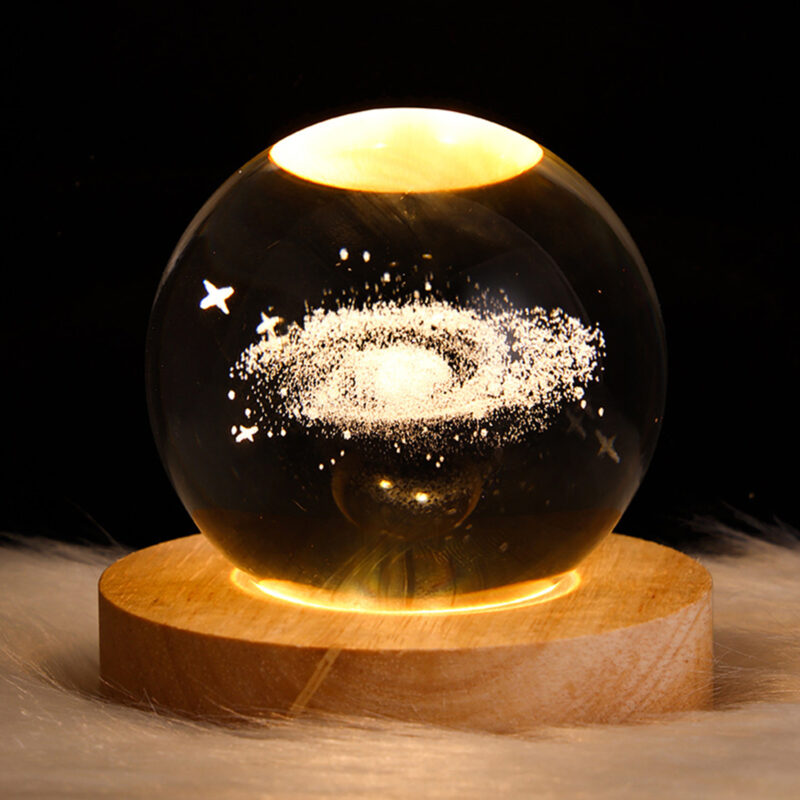Snow Globe
A Magical Journey Through Art and Memory
Introduction
Snow globes have long held a special place in our hearts, evoking a sense of wonder, nostalgia, and joy. These enchanting artifacts, often associated with winter scenes and holiday memories, are much more than decorative objects. They encapsulate the artistry, creativity, and emotions of both the creators and the collectors. This essay explores the artistic elements, historical evolution, emotional impact, and the modern-day relevance of snow globes.
The Artistry Behind Snow Globes
The creation of a snow globe is an intricate process that combines various artistic disciplines. It involves sculpting, painting, and engineering to produce a miniature world encapsulated within a glass sphere. Here’s a breakdown of the key artistic elements:
Sculpting: The centerpiece of any snow globe is the miniature scene or figure. Artists meticulously sculpt these tiny models, ensuring every detail is captured. This can range from a simple winter cabin to a complex cityscape or a beloved fictional character.
Painting: After sculpting, the figures and landscapes are hand-painted with precision. This step requires a steady hand and a keen eye for detail to bring the scene to life with vibrant colors and textures.
Engineering: Ensuring the perfect snowfall effect involves a careful balance of materials. The globe is filled with a mixture of water and glycerin to slow the descent of the snowflakes, which are typically made from plastic or wax. The engineering aspect also includes designing the base, which often houses a music box or other mechanical elements.
Historical Evolution
The journey of snow globes from their inception to modern times is a fascinating tale of innovation and popularity:
19th Century Beginnings: The earliest snow globes were produced in France in the early 1800s. These primitive versions featured simple glass domes with white particles suspended in water, providing the illusion of snow.
Industrial Revolution: The mass production of snow globes began in the early 1900s, thanks to advancements in manufacturing techniques. Erwin Perzy I, an Austrian inventor, is credited with creating the first modern snow globe. His innovation led to the widespread popularity of these charming novelties.
Mid-20th Century Boom: Snow globes became a staple of American holiday culture in the mid-20th century. They were marketed as festive gifts and souvenirs, often depicting iconic landmarks and holiday scenes.
Contemporary Designs: Today, snow globes have evolved to include a vast array of themes and designs. From pop culture references to personalized globes, the market is diverse, catering to a wide range of tastes and preferences.
Emotional Impact and Sentimentality
Snow globes have a unique ability to evoke deep emotions and memories. Here’s why they hold such sentimental value:
Nostalgia: Many people associate snow globes with childhood memories, family gatherings, and festive celebrations. Shaking a snow globe can transport one back to simpler, joyful times.
Storytelling: Each snow globe tells a story. Whether it’s a winter wonderland, a romantic scene, or a depiction of a famous monument, these miniature worlds spark the imagination and create a narrative.
Keepsakes and Gifts: Snow globes are often given as gifts to mark special occasions such as weddings, anniversaries, and holidays. They serve as lasting mementos, preserving the emotions and memories of those events.
Modern-Day Relevance
Despite their vintage charm, snow globes remain relevant and cherished in contemporary culture:
Collectibles: Many people around the world collect snow globes, seeking out rare and unique pieces. Collectors appreciate the craftsmanship, artistry, and historical significance of these items.
Customization: Modern technology has enabled the creation of personalized snow globes. People can now design their own globes, incorporating personal photos, messages, and themes, making them even more special.
Pop Culture: Snow globes frequently appear in movies, television shows, and literature, often symbolizing innocence, nostalgia, or a frozen moment in time. Their presence in popular media helps keep their charm alive for new generations.
Art and Commerce: Snow globes have transcended their role as simple souvenirs to become art pieces. Artists and designers experiment with innovative materials and concepts, pushing the boundaries of traditional snow globe designs. Additionally, they continue to be popular in gift shops and online marketplaces, appealing to a broad audience.
The Craft of Collecting Snow Globes
For those who have a passion for snow globes, collecting can be a rewarding hobby. Here are some tips for aspiring collectors:
Start Small: Begin with a few snow globes that resonate with your interests, whether it’s a specific theme, era, or design. Over time, your collection can grow as you discover new pieces.
Research: Learn about different manufacturers, historical periods, and artistic styles. Knowledge is key to building a valuable and meaningful collection.
Condition Matters: Pay attention to the condition of the snow globes. Look for clear glass, intact liquid, and well-preserved figures. Avoid globes with yellowed water or damaged scenes.
Storage and Display: Proper storage and display are crucial. Keep your snow globes away from direct sunlight and extreme temperatures to prevent damage. Display them on sturdy shelves to ensure they are safe and easily visible.
Conclusion
Snow globes are more than just decorative items; they are pieces of art, carriers of memories, and symbols of joy and nostalgia. Their enchanting ability to capture miniature worlds within glass domes has captivated people for generations. From their historical origins to their modern-day relevance, snow globes continue to charm and inspire. Whether you are an avid collector or simply appreciate their beauty, snow globes offer a magical glimpse into the artistry and sentimentality that make life’s moments special.



